The Book of Revelations: a Commentary
Extrait
'Many people find the Book of Revelations very obscure and difficult to interpret. It is true that for those who do not possess the key to it, it is obscure but for those who do possess the key it is extremely clear. Once one knows the hidden meaning of the numbers and symbols, all the elements that seem to be totally unrelated can be brought together and used to shed light on each other, and the result is an extraordinarily logical whole.'
Table des matières
1 - The Island of Patmos
2 - Introduction to the Book of Revelations
3 - Melchizedek and Initiation into the Mystery of the Two Principles
4 - Letters to the Church in Ephesus and Smyrna
5 - Letter to the Church in Pergamos
6 - Letter to the Church in Laodicea
7 - The Twenty-Four Elders and the Four Holy Living Creatures
8 - The Scroll and the Lamb
9 - The Hundred and Forty-Four Thousand Servants of God
10 - The Woman and the Dragon
11 - The Archangel Mikhaël Casts Out the Dragon
12 - The Dragon Spews Water at the Woman
13 - The Beast from the Sea and the Beast from the Land
14 - The Wedding Feast of the Lamb
15 - The Dragon is Bound for a Thousand Years
16 - The New Heaven and the New Earth
17 - The Heavenly City
2 - Introduction to the Book of Revelations
3 - Melchizedek and Initiation into the Mystery of the Two Principles
4 - Letters to the Church in Ephesus and Smyrna
5 - Letter to the Church in Pergamos
6 - Letter to the Church in Laodicea
7 - The Twenty-Four Elders and the Four Holy Living Creatures
8 - The Scroll and the Lamb
9 - The Hundred and Forty-Four Thousand Servants of God
10 - The Woman and the Dragon
11 - The Archangel Mikhaël Casts Out the Dragon
12 - The Dragon Spews Water at the Woman
13 - The Beast from the Sea and the Beast from the Land
14 - The Wedding Feast of the Lamb
15 - The Dragon is Bound for a Thousand Years
16 - The New Heaven and the New Earth
17 - The Heavenly City


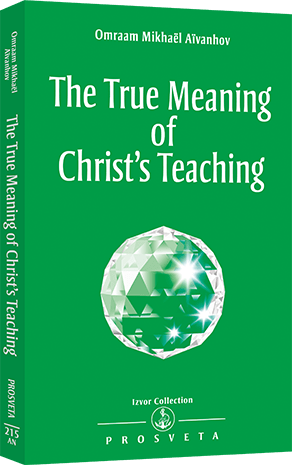
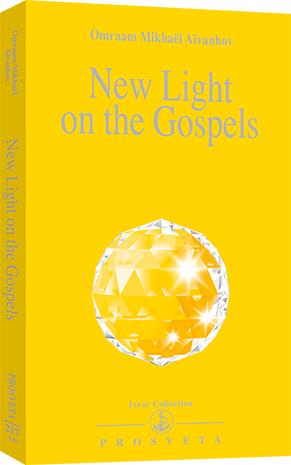
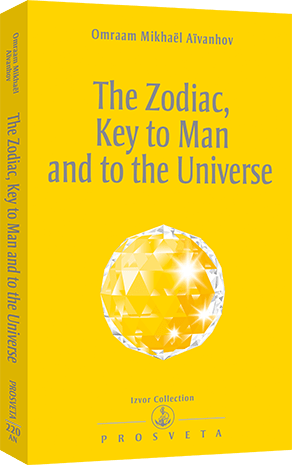

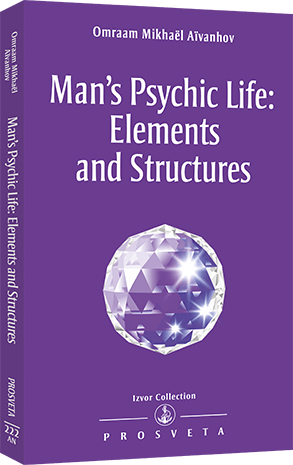
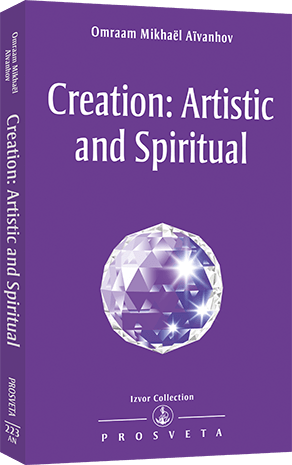
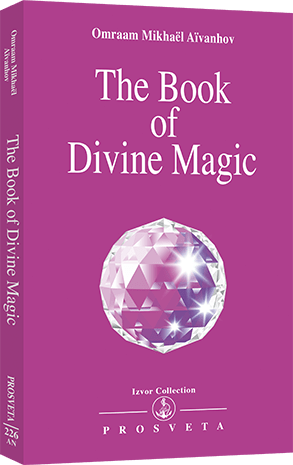
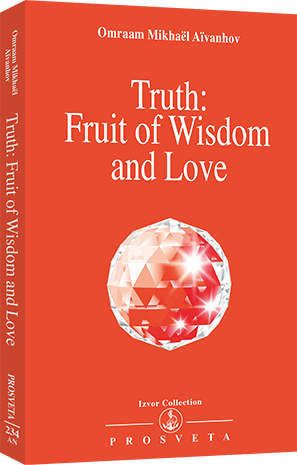



The Apocalypse Explained in the Light of the Four Sciences.
Through his knowledge of the four sciences (Kabbalah, astrology, alchemy and magic) as well as the Tarot, Omraam Mikhaël Aïvanhov gives us an interpretation of some passages of this founding text and offers us an extremely clear overview and logic.